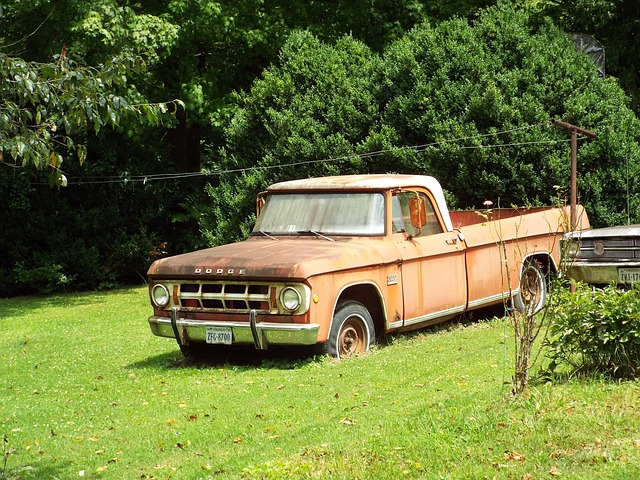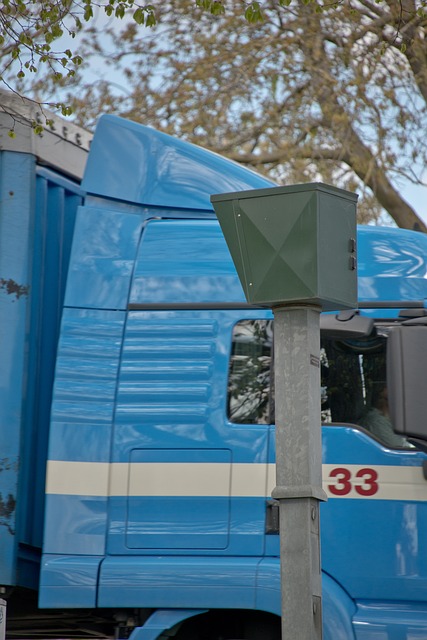In modern logistics, achieving comprehensive truck protection goes beyond basic insurance, requiring a suite of integrated policies like cargo, mechanical breakdown, and liability coverage. This strategy minimizes risks, enhances customer satisfaction, and drives operational excellence, ultimately safeguarding financial interests in the trucking industry where time is money. By assessing unique business needs and risk profiles, customizing policy packages, and monitoring claims history, companies can efficiently secure comprehensive protection while optimizing costs.
In today’s dynamic logistics landscape, ensuring comprehensive truck protection is no longer an option but a necessity. This article explores how combining policies can offer a powerful, cost-effective solution for businesses navigating complex operational risks. We’ll delve into the benefits of integrating multiple policies, strategies for crafting tailored policy suites, and best practices for implementation and monitoring, providing insights to optimize coverage and efficiency in modern trucking operations.
Understanding Comprehensive Truck Protection: A Necessity in Modern Logistics

In modern logistics, ensuring safe and efficient transportation is paramount, making comprehensive truck protection a necessity rather than a luxury. This involves a multi-faceted approach beyond basic insurance coverage to mitigate risks associated with cargo damage, theft, and vehicle breakdowns. By integrating various policies, such as cargo insurance, mechanical breakdown coverage, and liability protection, businesses can create a robust safety net that shields them from significant financial losses.
Comprehensive truck protection goes beyond mere compensation; it fosters trust among stakeholders and enhances customer satisfaction by demonstrating a commitment to seamless operations. In an industry where time is money, minimizing downtime due to accidents or mechanical issues is crucial for maintaining competitive edge. Thus, investing in a holistic protection strategy not only safeguards financial interests but also drives operational excellence.
The Benefits of Integrating Multiple Policies: Cost Savings and Risk Mitigation

By integrating multiple policies, businesses can achieve a more comprehensive and cost-effective solution for their operations, especially in industries with complex risk profiles like trucking. This approach offers significant advantages, including substantial cost savings and enhanced risk mitigation.
Combining various coverage options allows companies to tailor a package that addresses specific needs without paying for excessive or redundant protections. For instance, a trucking company can opt for a policy that combines liability insurance, cargo protection, and vehicle maintenance coverage, ensuring comprehensive truck protection while avoiding unnecessary expenses. This integrated strategy also reduces the overall risk by providing a safety net against diverse potential losses, from accidents to theft or natural disasters.
Strategies for Crafting a Tailored Combination Policy Suite

When crafting a tailored combination policy suite for comprehensive truck protection, the first step is to assess the unique needs of your business and the risks involved in the trucking industry. This involves understanding the specific types of trucks, their usage patterns, and the environments in which they operate. By conducting a thorough risk assessment, you can identify areas that require enhanced coverage or specialized policies. For instance, policies might need to address liability concerns related to cargo damage, accidents in diverse terrains, or compliance with evolving regulatory standards.
A strategic approach involves segmenting your truck fleet and designing policy packages accordingly. This could mean creating customized plans for different types of trucks—from heavy-duty haulers to light delivery vehicles. Each package should be tailored to cover specific risks while ensuring cost-effectiveness. For example, a comprehensive insurance suite might include liability coverage, collision protection, cargo insurance, and roadside assistance services. By combining these policies, you can offer a robust safety net for your trucking operations while managing costs by selecting only the necessary components.
Implementation and Monitoring: Ensuring Optimal Coverage and Efficiency

Implementing a combined policy approach offers businesses an opportunity to secure comprehensive truck protection while optimising costs. By integrating multiple coverage options, such as liability, cargo insurance, and vehicle damage coverage, into one tailored package, companies can streamline their risk management strategies. This streamlined process not only simplifies administrative tasks but also ensures that all aspects of truck operations are protected.
Effective monitoring is paramount to maintaining the efficiency of this combined policy structure. Regular reviews of claims history, exposure assessment, and market trends enable insurers and businesses to adjust policies accordingly. Such proactive measures ensure that coverage remains aligned with evolving operational needs, ultimately enhancing overall risk mitigation and financial security for comprehensive truck protection.
Combining policies offers a powerful strategy for achieving both comprehensive truck protection and significant cost savings in modern logistics. By integrating multiple strategies, businesses can create a tailored suite that mitigates risks while optimizing efficiency. Implementation requires careful monitoring to ensure the combined policy suite delivers the desired level of coverage, ultimately streamlining operations and enhancing overall resilience.
